EDITORIAL
Published on 05 Feb 2025
Editorial: New advances in the field of nerve regeneration
doi 10.3389/fneur.2025.1541159
- 482 views
7,995
Total downloads
30k
Total views and downloads
EDITORIAL
Published on 05 Feb 2025
SYSTEMATIC REVIEW
Published on 05 Aug 2024
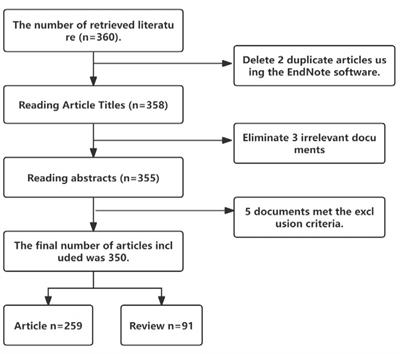
REVIEW
Published on 23 May 2024
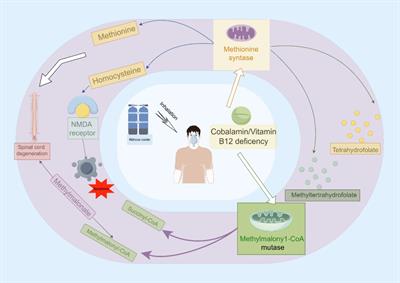
REVIEW
Published on 22 May 2024
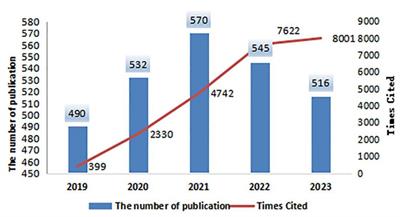
MINI REVIEW
Published on 16 Apr 2024
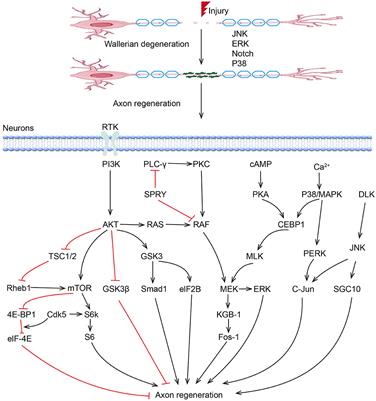
ORIGINAL RESEARCH
Published on 09 Apr 2024

REVIEW
Published on 26 Mar 2024
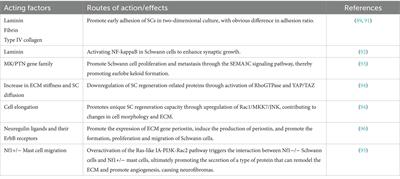
REVIEW
Published on 08 Mar 2024
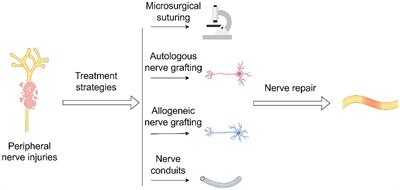
ORIGINAL RESEARCH
Published on 29 Jan 2024
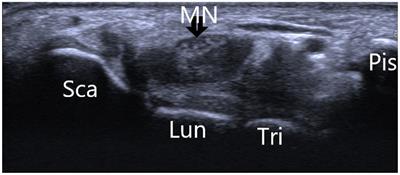
REVIEW
Published on 22 Jan 2024
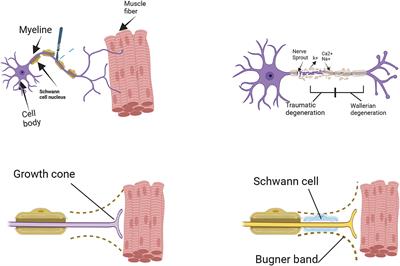
REVIEW
Published on 21 Dec 2023
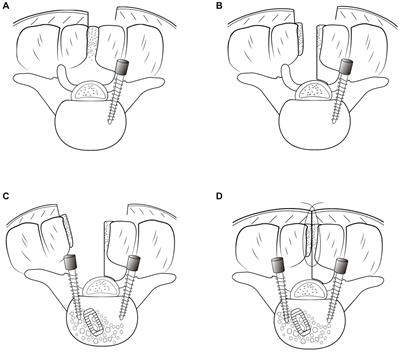
ORIGINAL RESEARCH
Published on 03 Nov 2023
